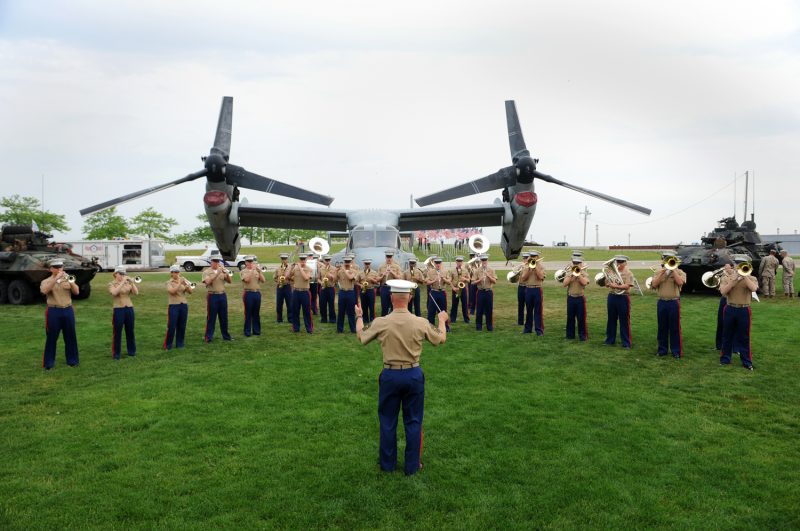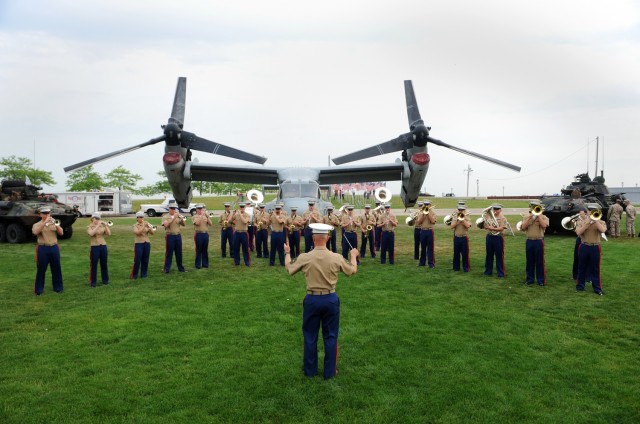They were trained in trench warfare and some other combat skills. 2nd Lt. W.B. Jackson wrote in his memoir about one of his experiences during his company’s training, almost a hundred years ago, when the Marine Corps Base Quantico had just started.
During one of these exercises, the marines dug holes about 200 yards away from the lines separating them from the officers. Then, during the night, they mixed concrete and created concrete pillbox machine-gun emplacements. However, they were heard by the officers, who blew whistles representing enemy fire. Jackson said his company only got one whistle the whole night. He called the experience different and fun.
No traces of those pillboxes have been found so far, but many other similar traces have been located in a few wooded places.
According to archaeologist Catherine Roberts, the Marine Corps Base Quantico was established because they didn’t have enough officers to be send to fight in the First World War, so they needed to train more of them. Even today, the base is still in operation with the same purpose and is currently being used by The Officer Candidates School and The Basic School.
The year the Marine Corps Base Quantico was established, was the same year the U.S. entered the war, in 1917. French, British and Canadian officers left the battlefields to travel to the United States and train U.S. forces. They had to make sure all officers in training knew exactly how to dig and lay out trenches and of course, how to use them. The trenches were deep enough to cover the whole body of a man standing and were supported with wood and mesh, the Marines reports.
Although the whole process of creating trenches was considered an art during the First World War, the military stopped using them after the war. Depending on the type of landscape you would have firing trenches, reserve trenches, approach trenches, support trenches and local trenches.
According to some reports, there are no written documents to inform about any kind of training at Quantico; therefore, the trenches would be the best way to learn about the way Marines prepared to fight the First World War.
Archaeologist Catherine Roberts insisted that that is the whole point of archaeology, when reports don’t give you the information, you have to go out there and find it yourself. She continued saying that you have to learn from archaeology what history can’t teach you. “My task at this point is to go out and do a further survey and see what I want to do with it and what I can do with it,” she said.

